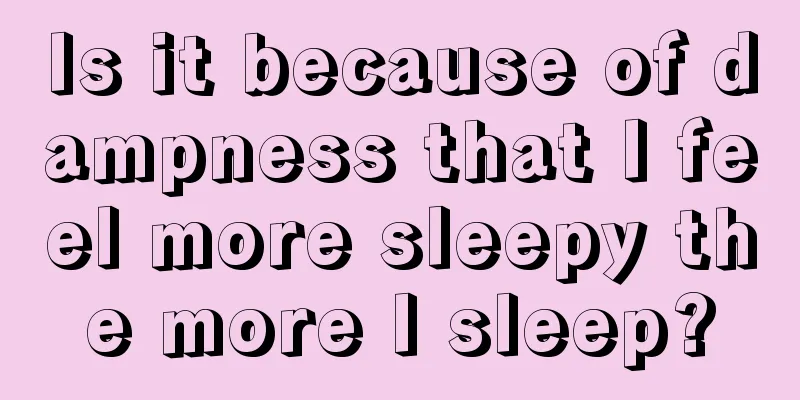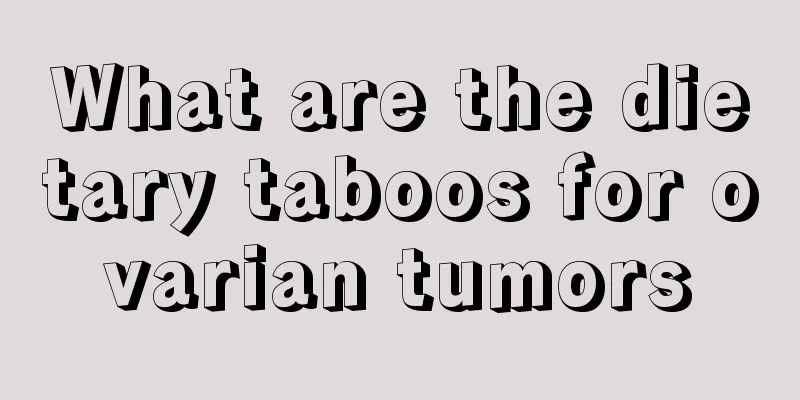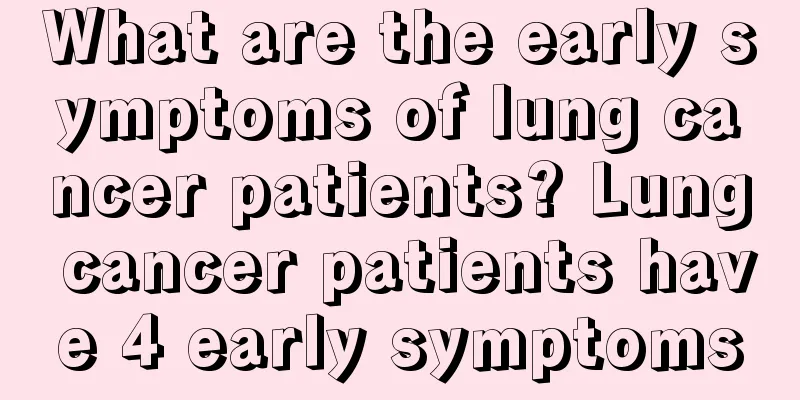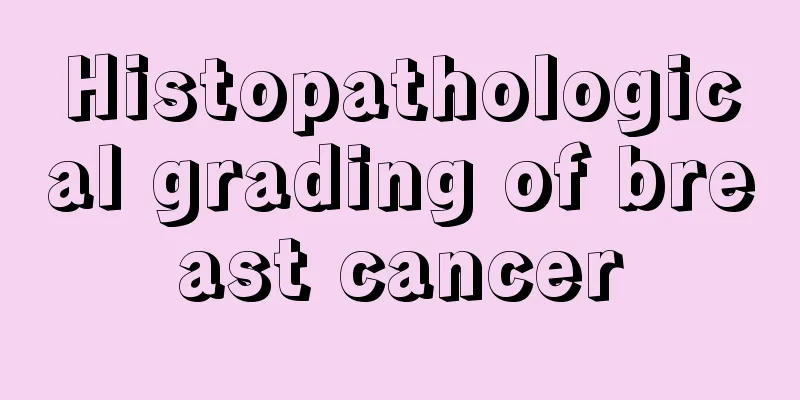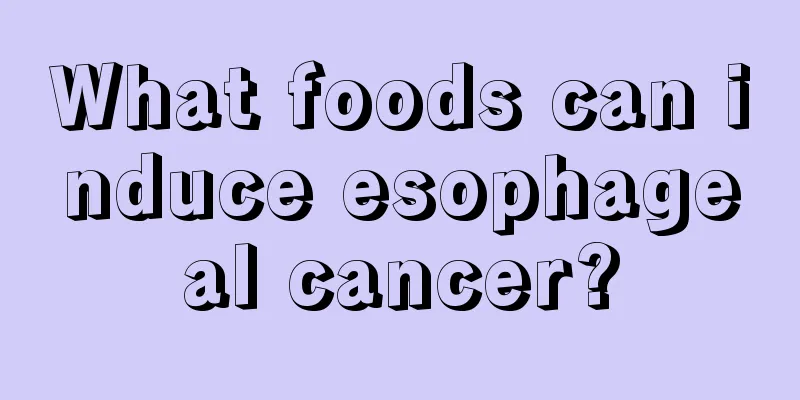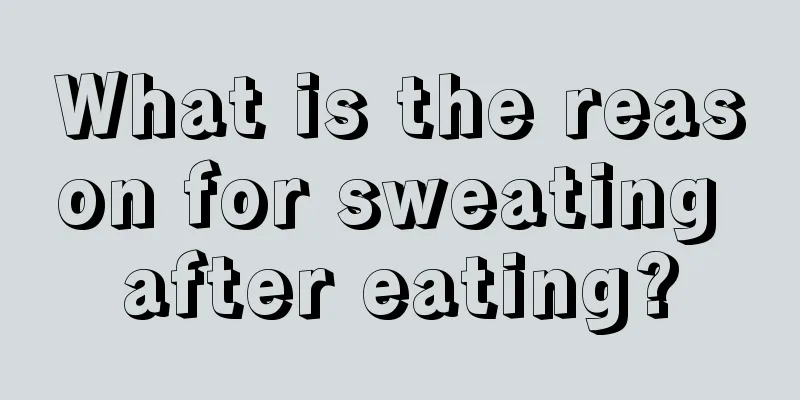What are the typical symptoms of viral encephalitis in children?
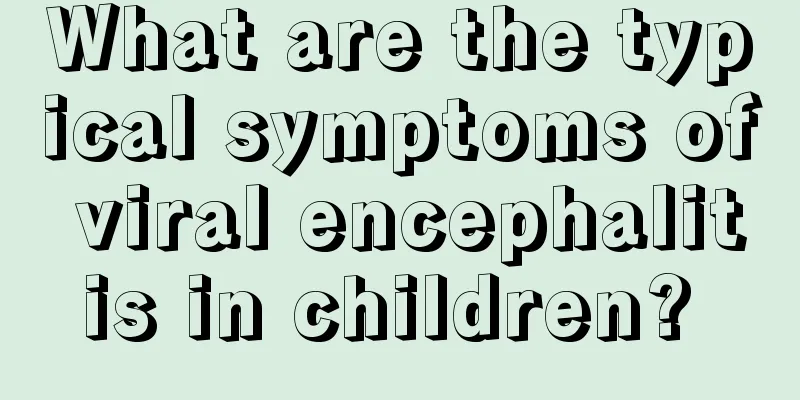
|
Children are a high-risk group for viral encephalitis, which is particularly harmful to their health and may even have lifelong effects. If they are not treated in time, it can easily lead to some mental disorders, memory loss, and thinking disorders. Some children are prone to impaired consciousness after the onset of the disease, which can cause damage to the cerebral hemispheres and cause the children to suffer from epilepsy and other relatively serious hazards. 1. Mental disorder type The main manifestations of this type of children are emotional disorders (emotional indifference, depression, euphoria, fear), intellectual disabilities (decreased comprehension, memory, calculation, judgment, associative ability, etc.), thinking disorders (mutism, polyglotia, incoherent speech, delusions) and behavioral disorders (reduced or increased movements, impulsivity, stupor), etc. 2. Coma type After the onset of the disease, the child quickly develops severe impaired consciousness, manifested as varying degrees of coma or impaired consciousness. In patients with damage to both cerebral hemispheres, the symptoms are decorticate state and coma with eyes open; when the upper brainstem is damaged, decerebrate rigidity occurs; when the basal ganglia are damaged, extrapyramidal involuntary movements such as tremor and chorea may occur. 3. Brain tumor type The children mainly show symptoms of increased intracranial pressure and compression, such as headache, vomiting, papilledema, paralysis, partial motor epileptic seizures, etc., accompanied by varying degrees of impaired consciousness. Although these symptoms mimic those of intracranial space-occupying lesions, they have an acute onset and rapidly worsen, with the duration from onset to peak of symptoms sometimes being only a few hours, and most times within a month; intracranial pressure increases dramatically. 4. Epilepsy type The child's clinical manifestations are very similar to epilepsy, but there is no history of epilepsy before the onset of the disease. Common types of seizures include generalized tonic-clonic seizures and their continuum, partial motor seizures, complex partial seizures, or mixed seizures. Patients of this type all have epileptic seizures as the main symptom after the onset of the disease. Some patients may have prodromal symptoms such as fever, headache, dizziness, vomiting, and decreased active activity before the onset of epileptic seizures. 5. Limited The child's lesion is located in a certain part of the brain, or in the cerebellum or brain stem. The main clinical manifestations are hemiplegia, monoplegia, crossed paralysis, quadriplegia, motor ataxia, involuntary extrapyramidal movements, cranial nerve damage, etc. Differentiate from cerebrovascular disease, brain tumor, and multiple sclerosis based on the severity of onset, disease progression, cerebrospinal fluid examination, CT or MRI, and response to experimental treatment. |
<<: What is the most effective treatment for onychomycosis?
>>: Will the eyes become bigger if the eyes are opened? What is the experience like?
Recommend
Does amoxicillin reduce fever?
Amoxicillin should be an anti-inflammatory drug t...
Urgent! ! I have eye pain after radiotherapy and chemotherapy for nasopharyngeal carcinoma. Is it a recurrence? ?
Urgent! ! I have eye pain after radiotherapy and ...
What will happen if amblyopia is not treated
Most children nowadays like to play with electron...
What are the methods to straighten the physiological curvature of the cervical spine?
When the cervical spine grows normally, there is ...
When to drink milk to enlarge breasts
Breast enhancement is always a topic that women c...
Can white sugar remove scars?
Scars on the body are the last thing people want....
The risk of colorectal cancer
Colorectal cancer is a type of cancer in the dige...
What are the dangers of wisdom tooth extraction?
The scientific name of wisdom tooth is the third ...
Symptoms of advanced prostate cancer
Prostate cancer is a common malignant tumor of th...
90% of people have these diseases, do you believe it?
Today, I found a "comprehensive list of soci...
How to remove the fishy smell from stewed Spanish mackerel
Spanish mackerel is a common marine fish with hig...
Clinical nursing diagnosis and measures
The pollution in the environment where people liv...
How to take care of acne after picking?
Acne is not unfamiliar to many people. Acne on th...
How to reduce swelling after being stung by a wasp
After being stung by a hornet, you will find that...
How high is the hereditary rate of cervical cancer
We all know that breast cancer has certain geneti...
